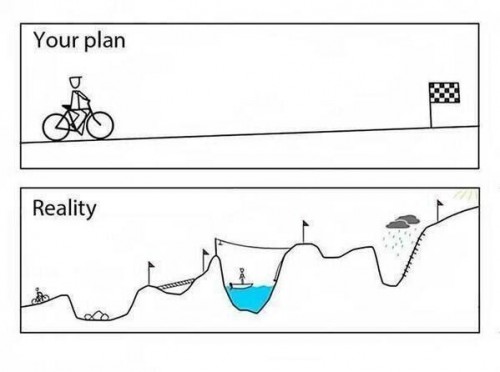"Our research found striking variations in productivity among leading and lagging firms within each sector. Manufacturing provides a particularly stark example, where leading firms operate at 5.4 times the productivity of laggards. Academic researchers have documented similar trends in services, particularly information and communications, which show wide disparities between leading firms and the rest.
Not only are productivity disparities within sectors quite wide — they’re also getting wider. Our research shows that in manufacturing, the gap was 25% wider in 2019 than it was in 1989.
...
These productivity gaps also suggest that firms can raise their own ambitions. Doing more with less, or doing more with the same, shows up in corporate income statements as higher margins and stronger revenue growth. And in aggregate, those performance improvements lead to economy-wide changes in productivity.
...
From 1989 to 2019, our research finds a strong correlation between sectors’ productivity growth and their level of digitization.
...
Frontier firms go beyond technology investments and also place bets on complementary intangibles such as R&D, intellectual property, and the capabilities of their workforce.
...
Frontier firms also disproportionately secure the skilled talent they need to get the most out of technology, either by attracting top talent or by an in-house investment in employee skills.
...
Frontier companies are typically system thinkers, looking for opportunities to access new markets or collaborate creatively with stakeholders.
High-performing firms tend to be more connected to global value chains, giving them access to global markets, ideas, and talent. They collaborate with suppliers and customers to form new ecosystems that benefit from agglomeration effects and create shared pools of value."
Trechos retirados de "What the Most Productive Companies Do Differently"


























%2006.21.jpeg)












